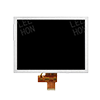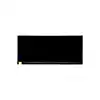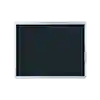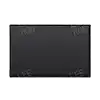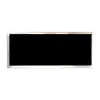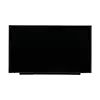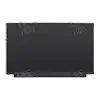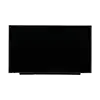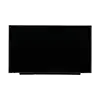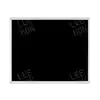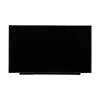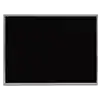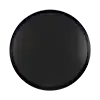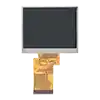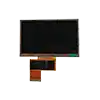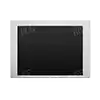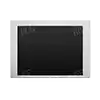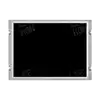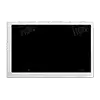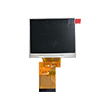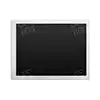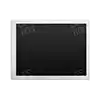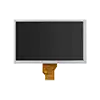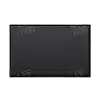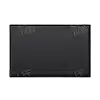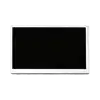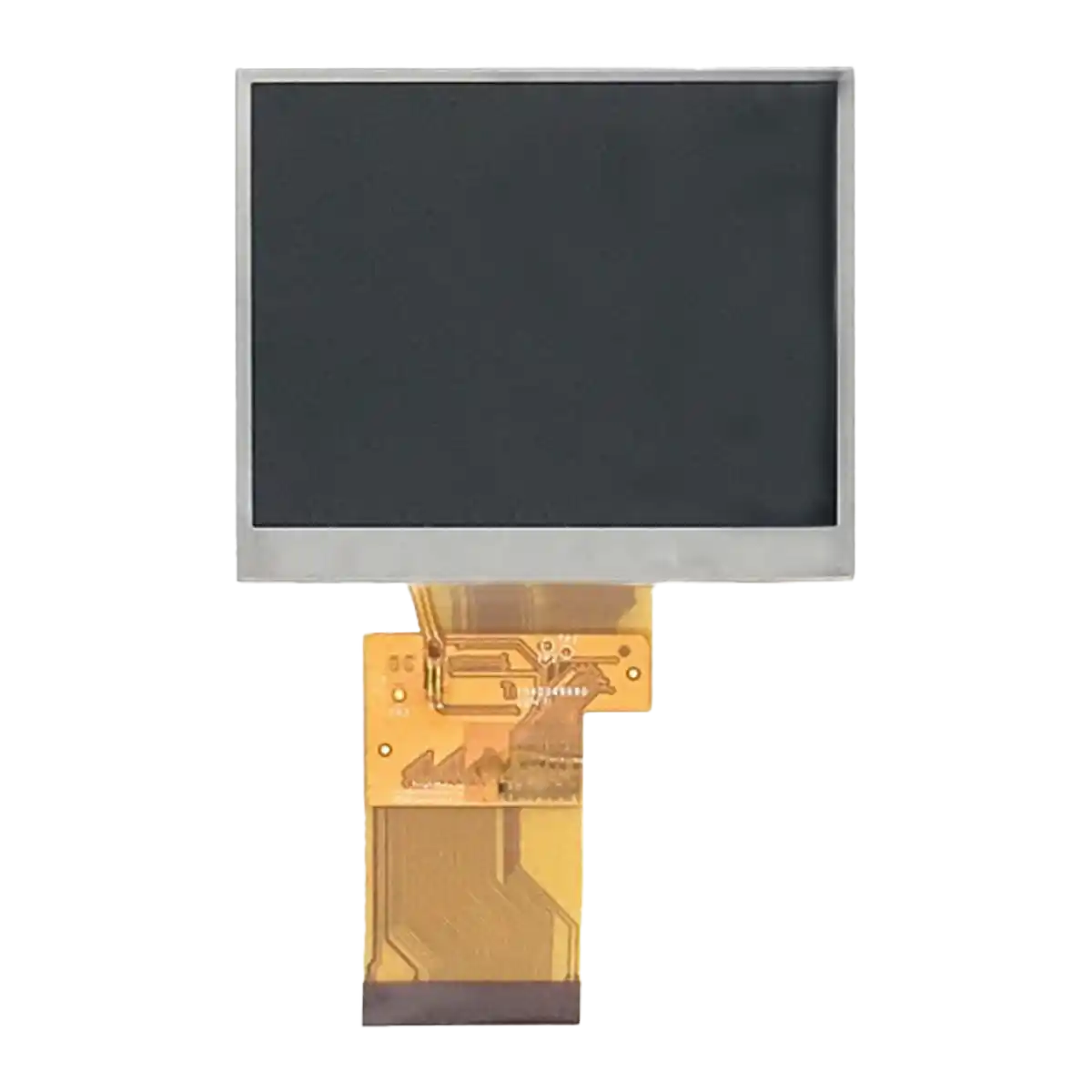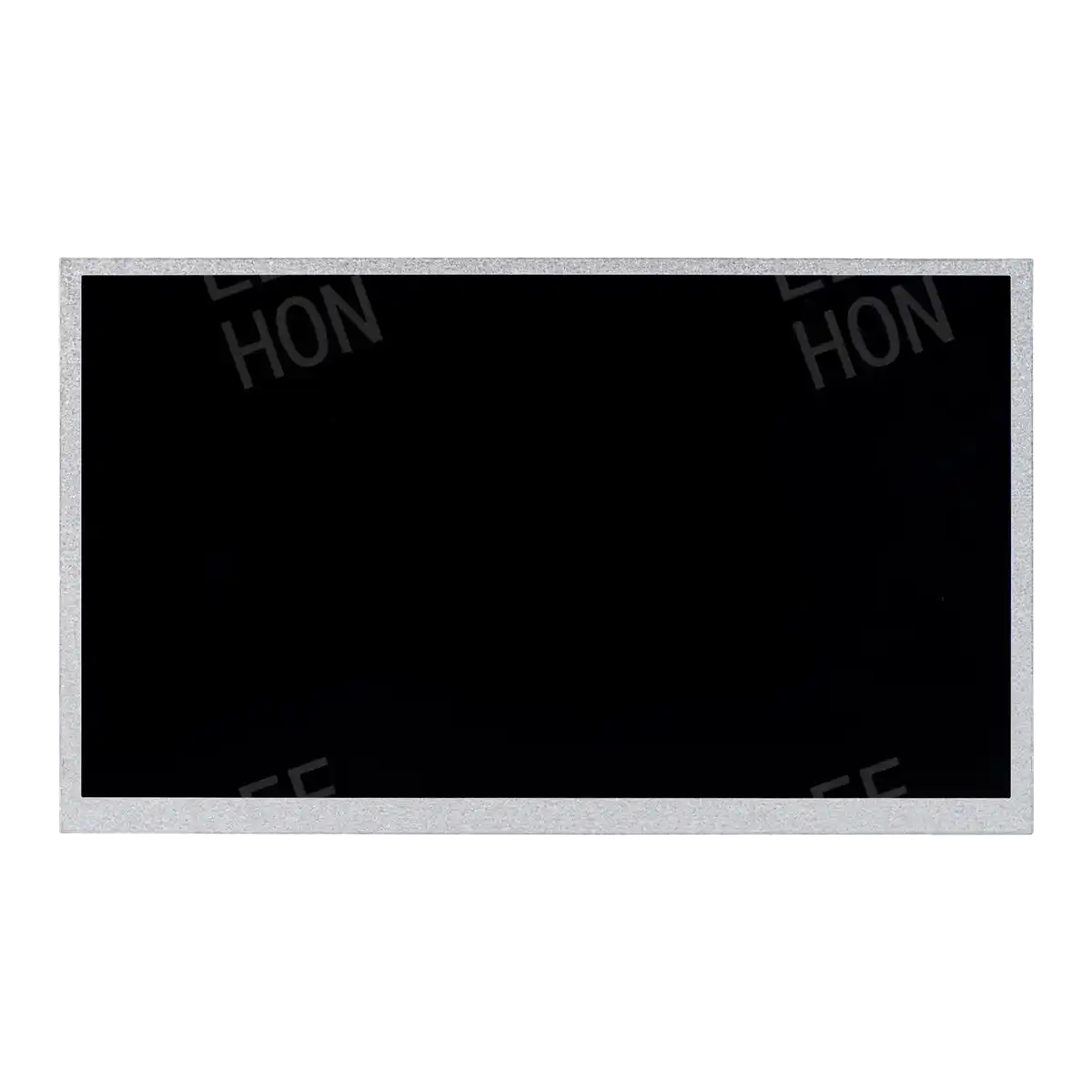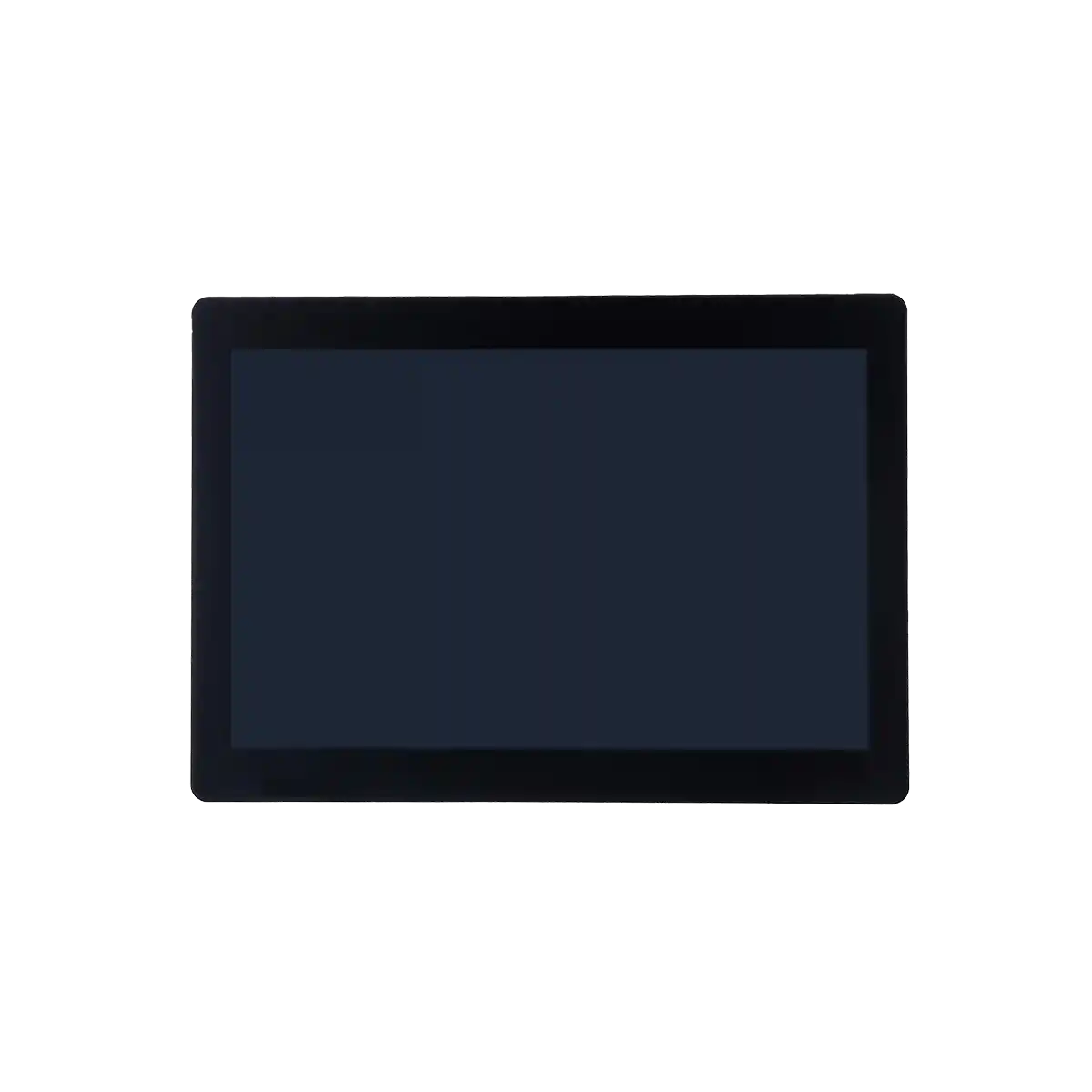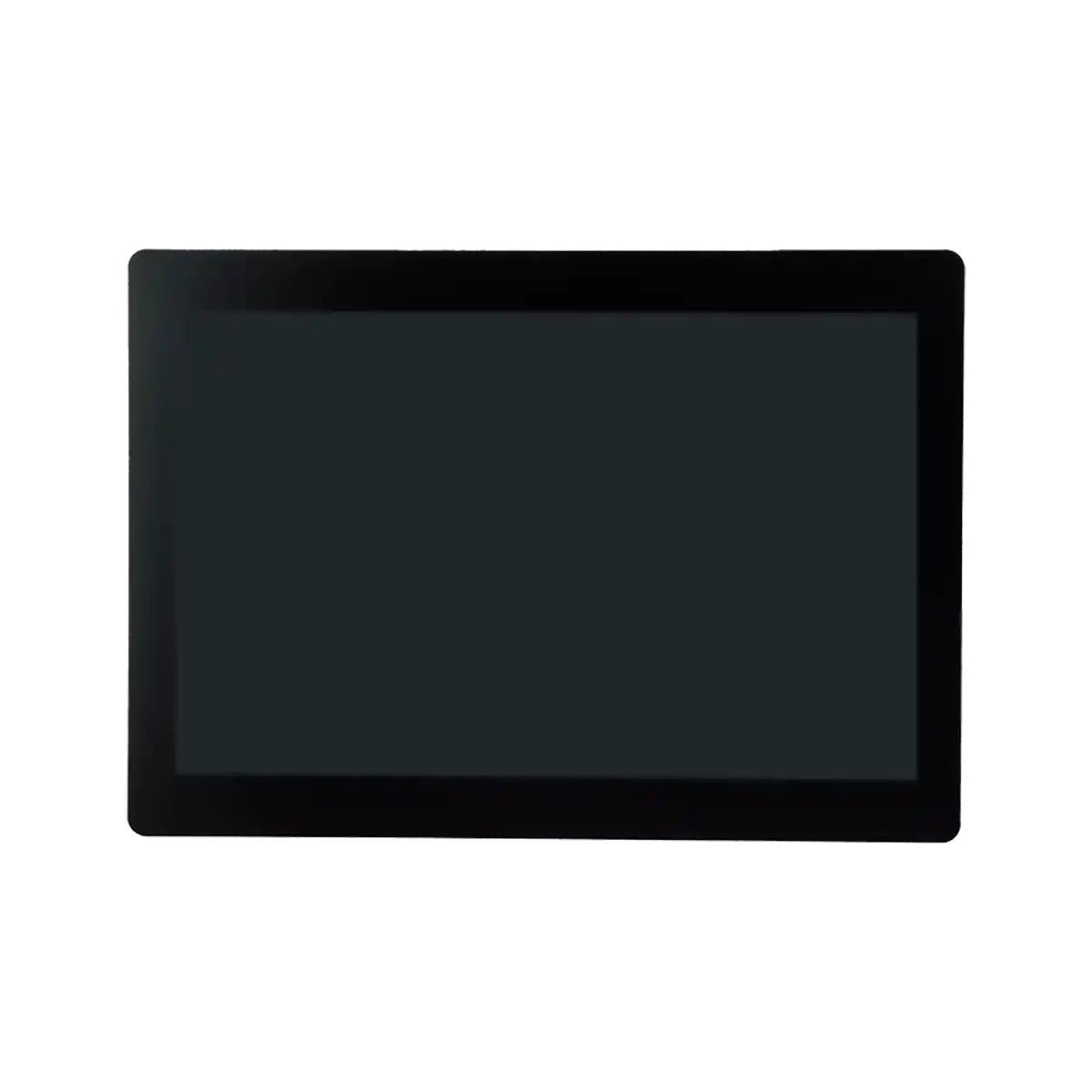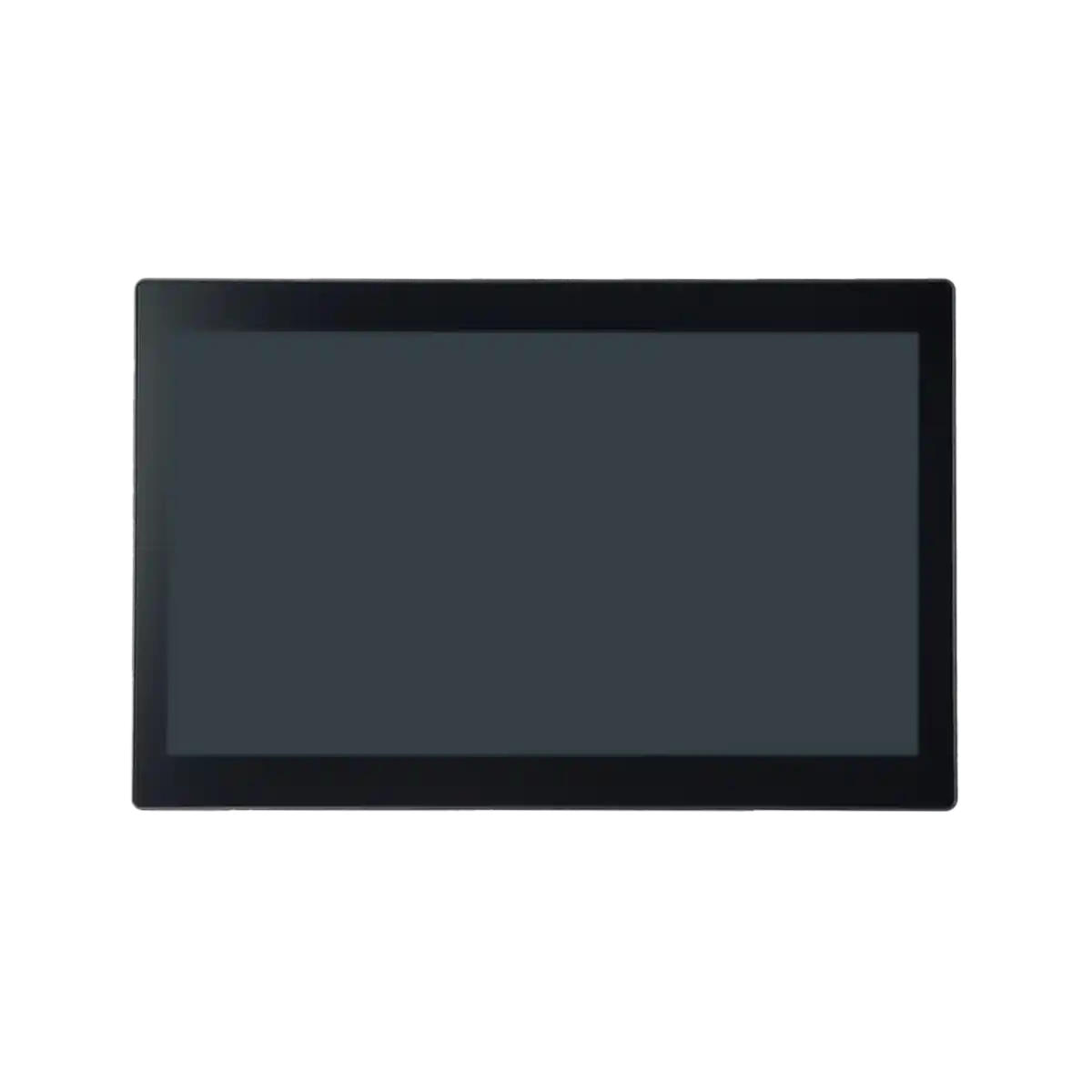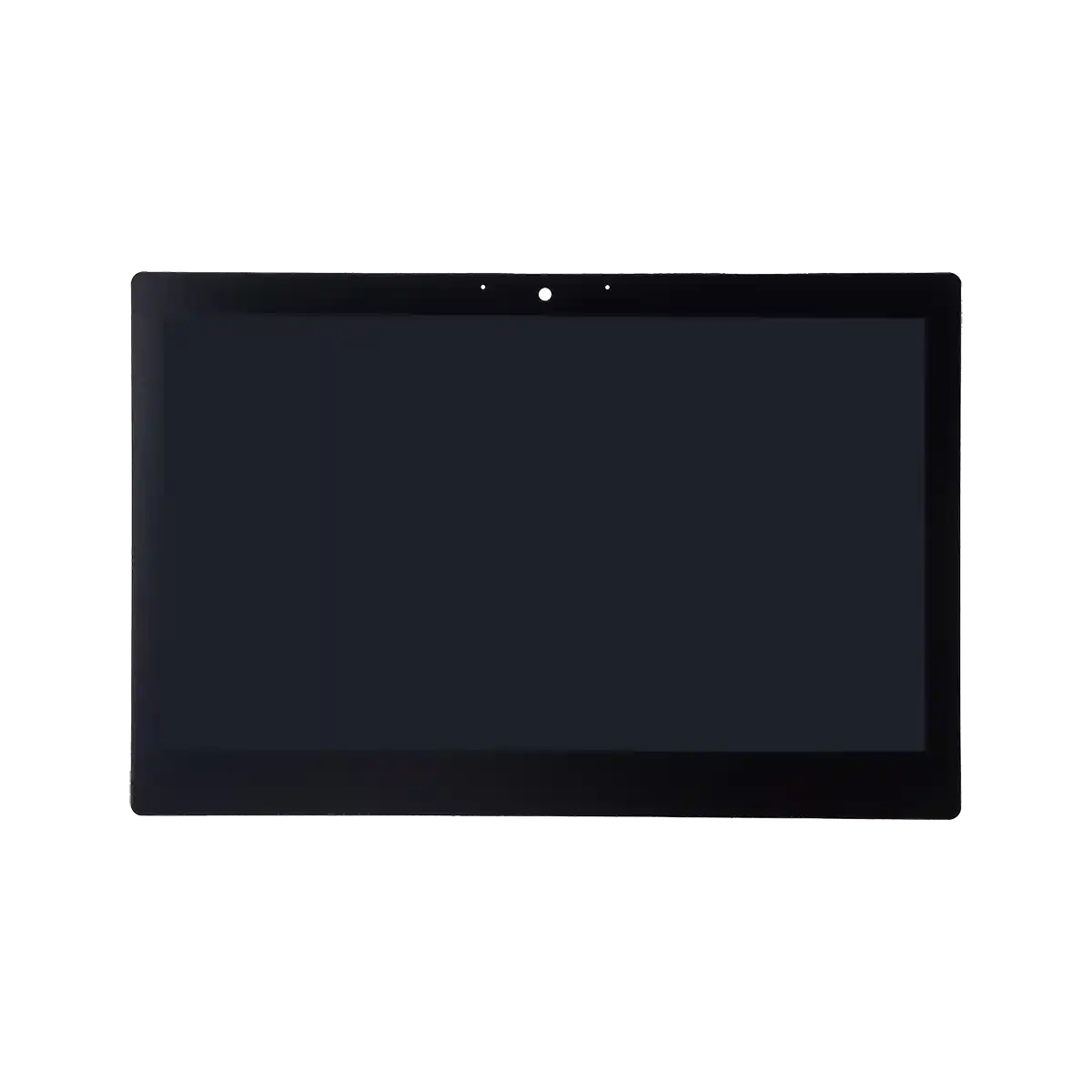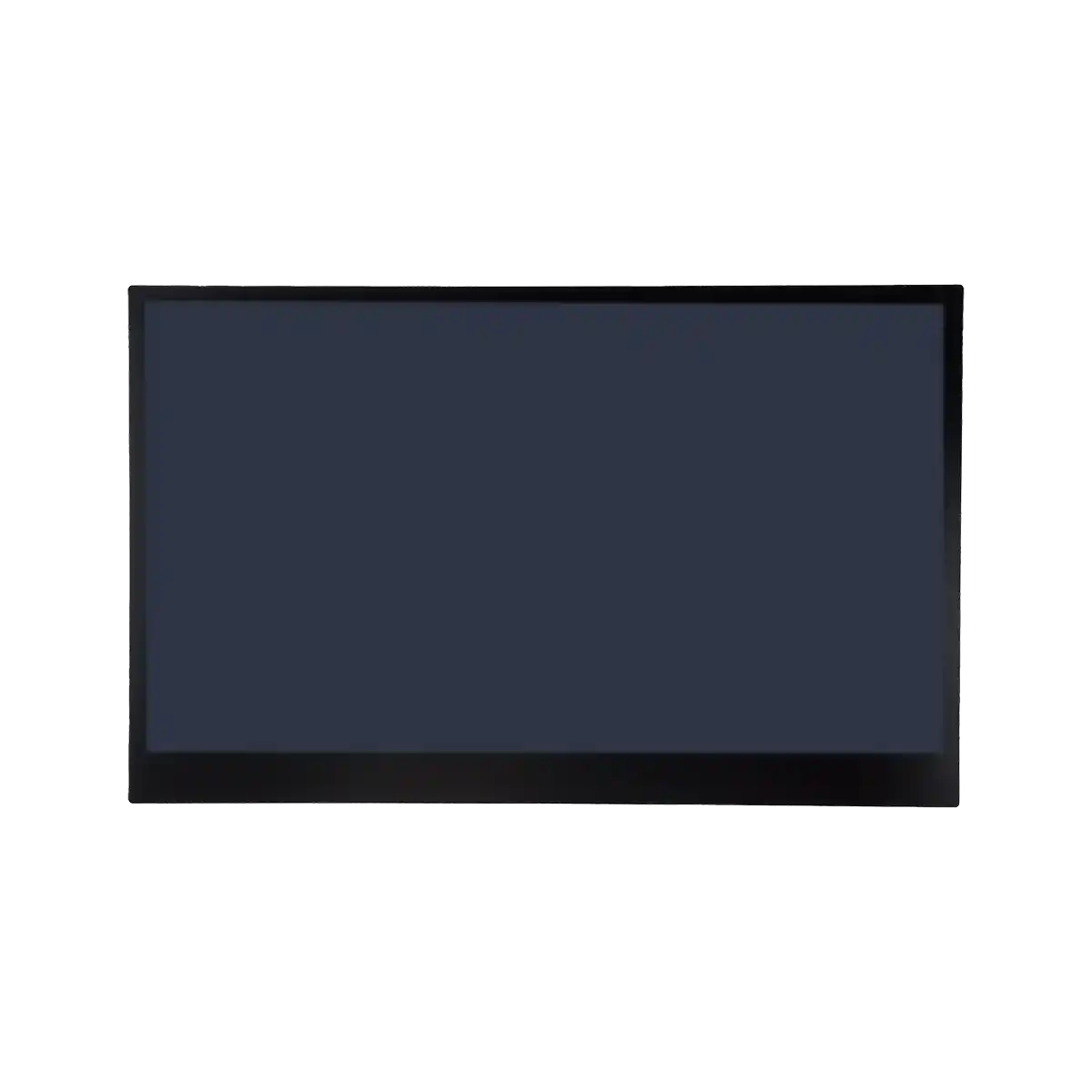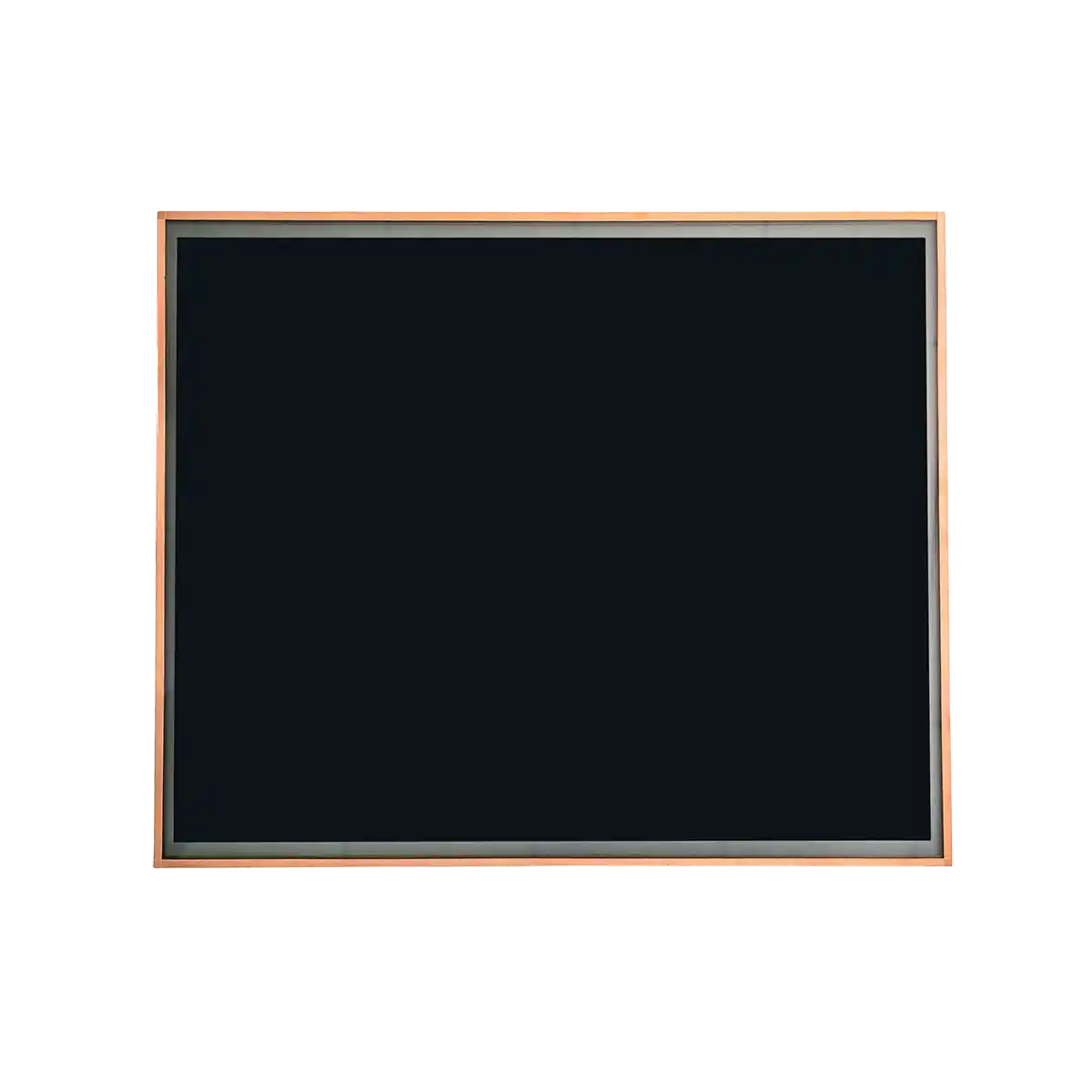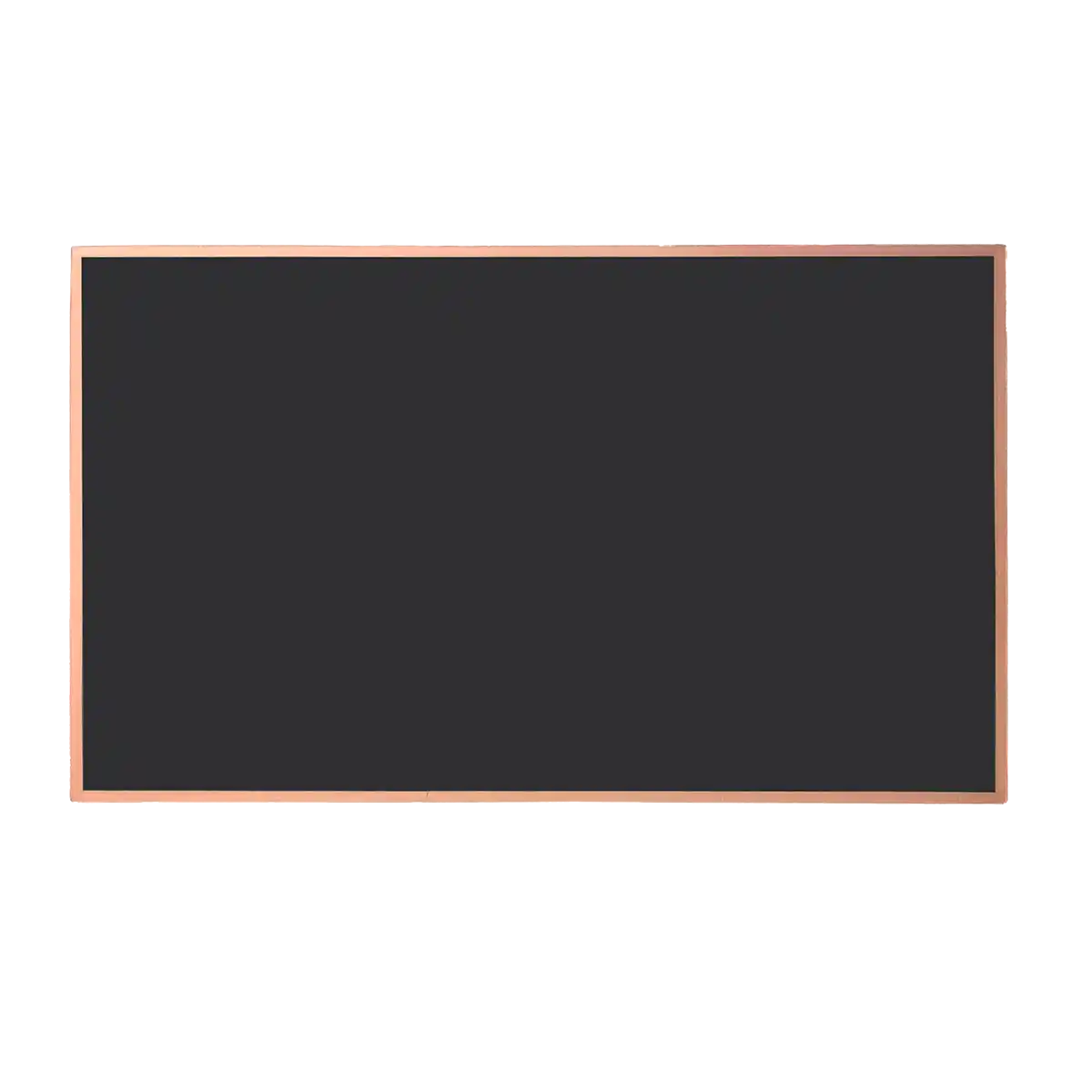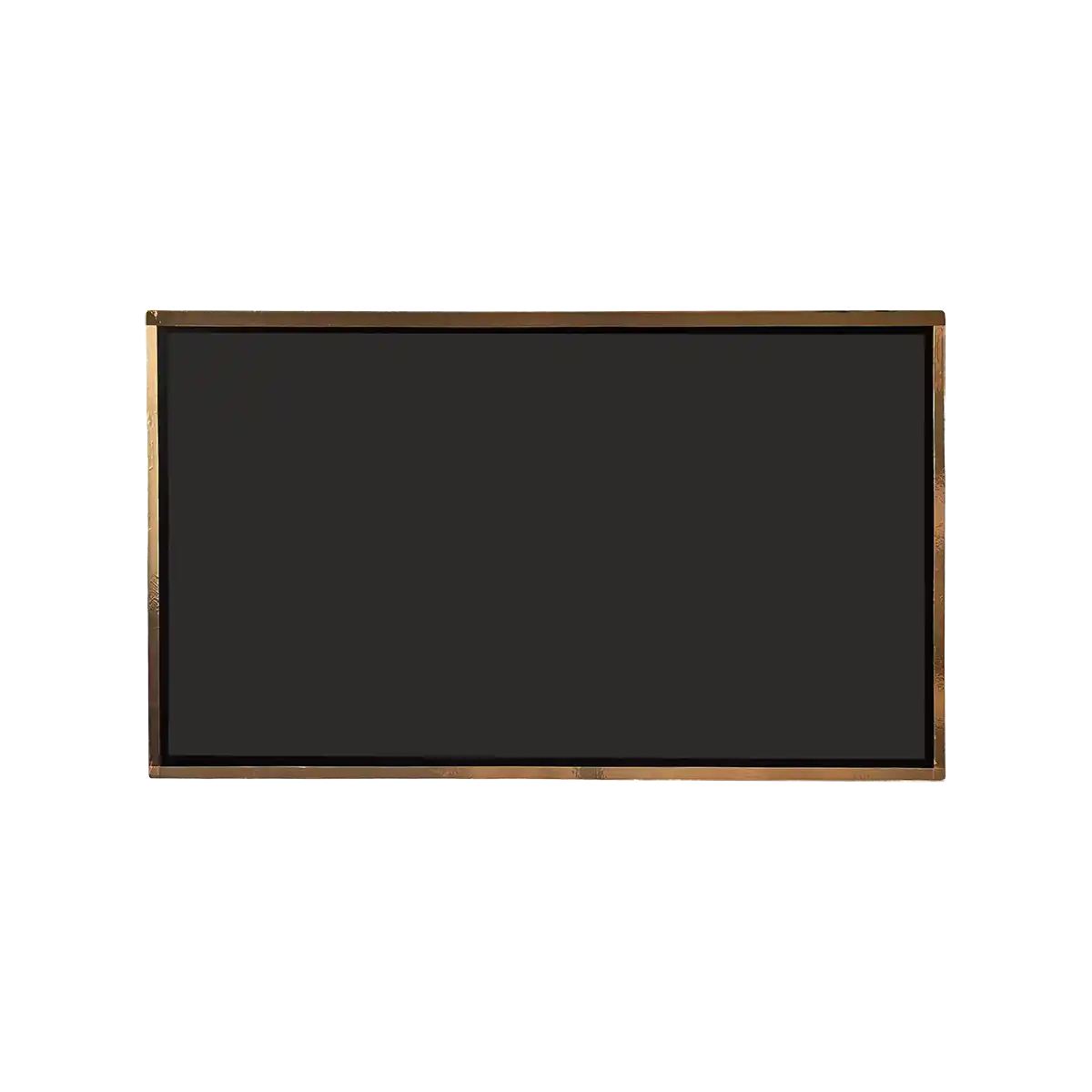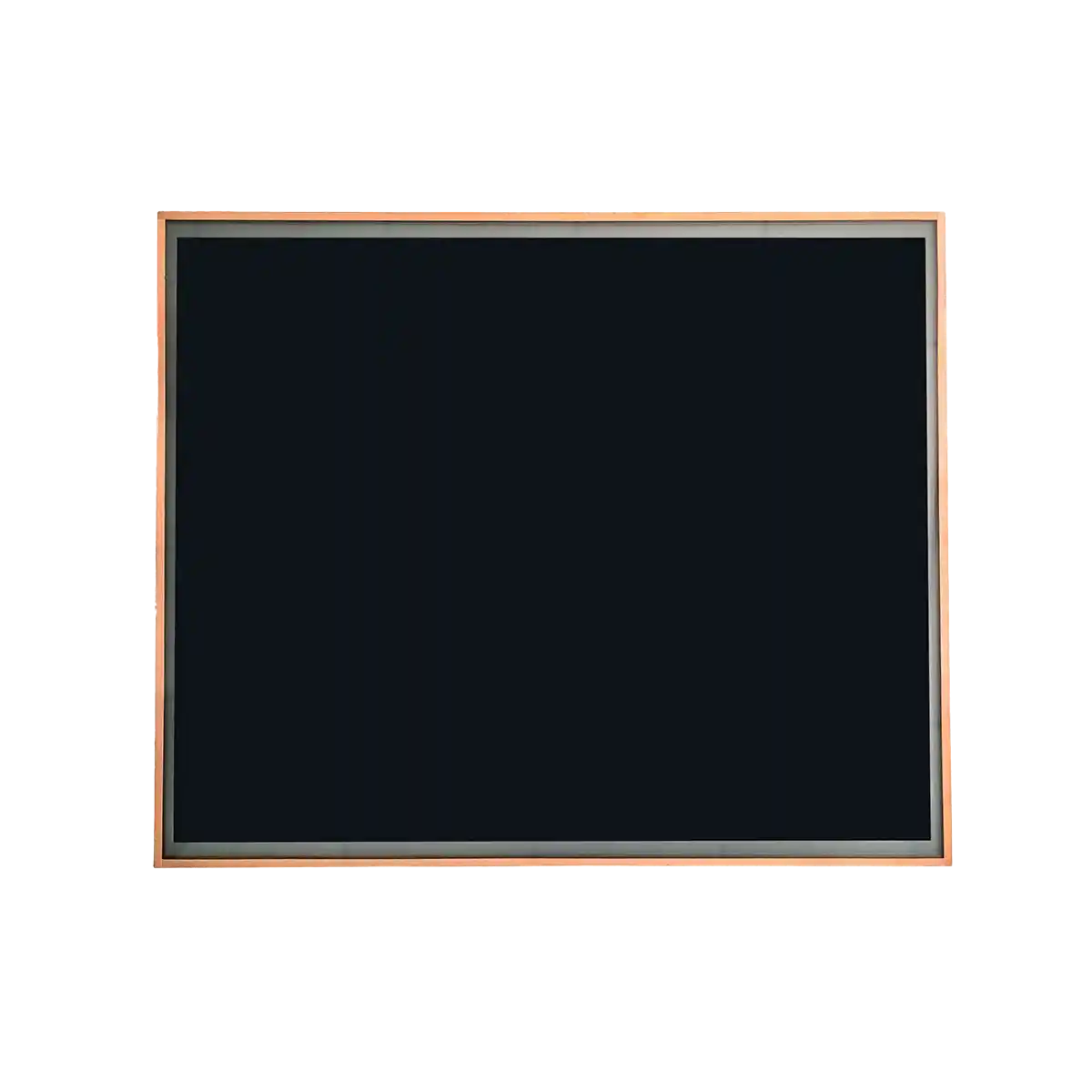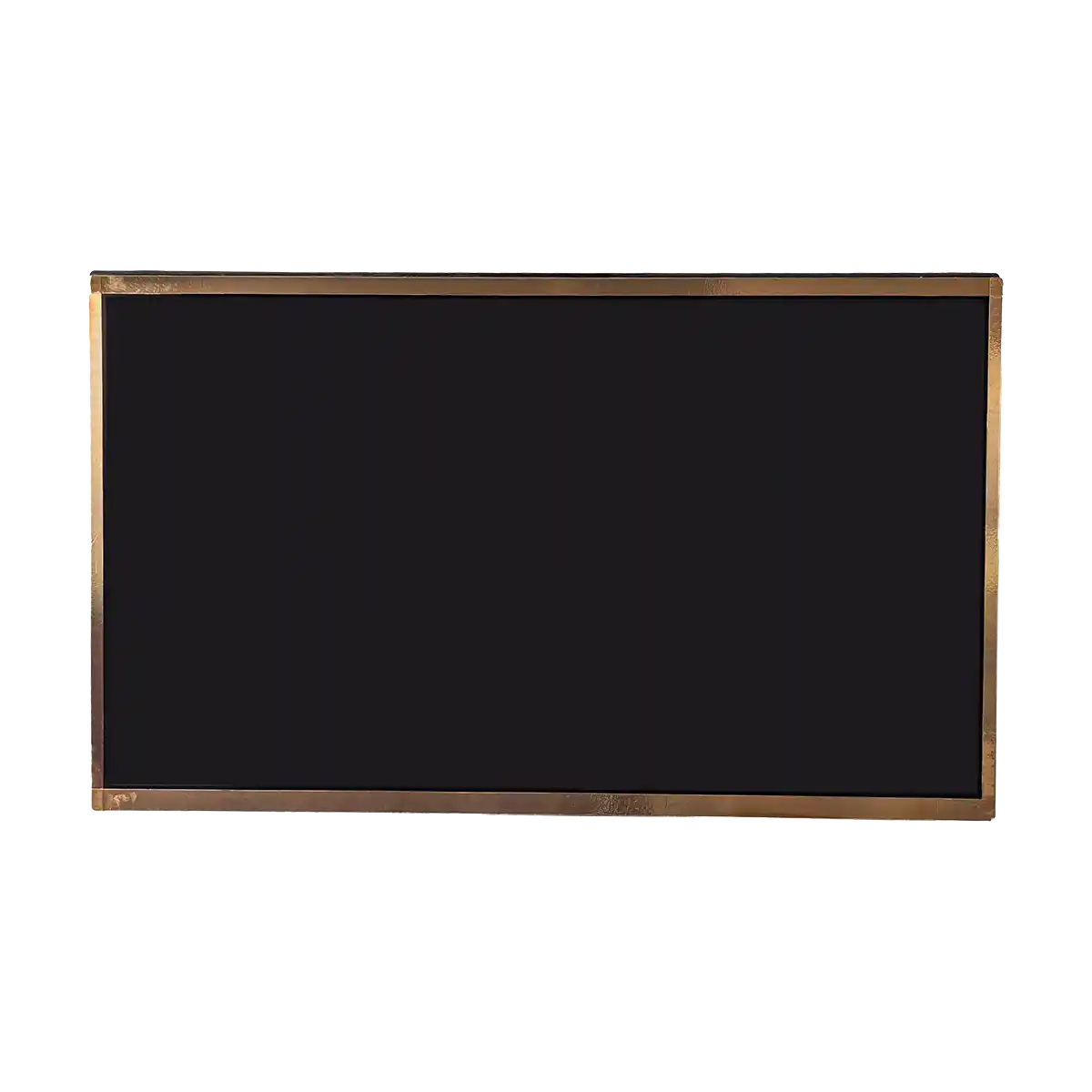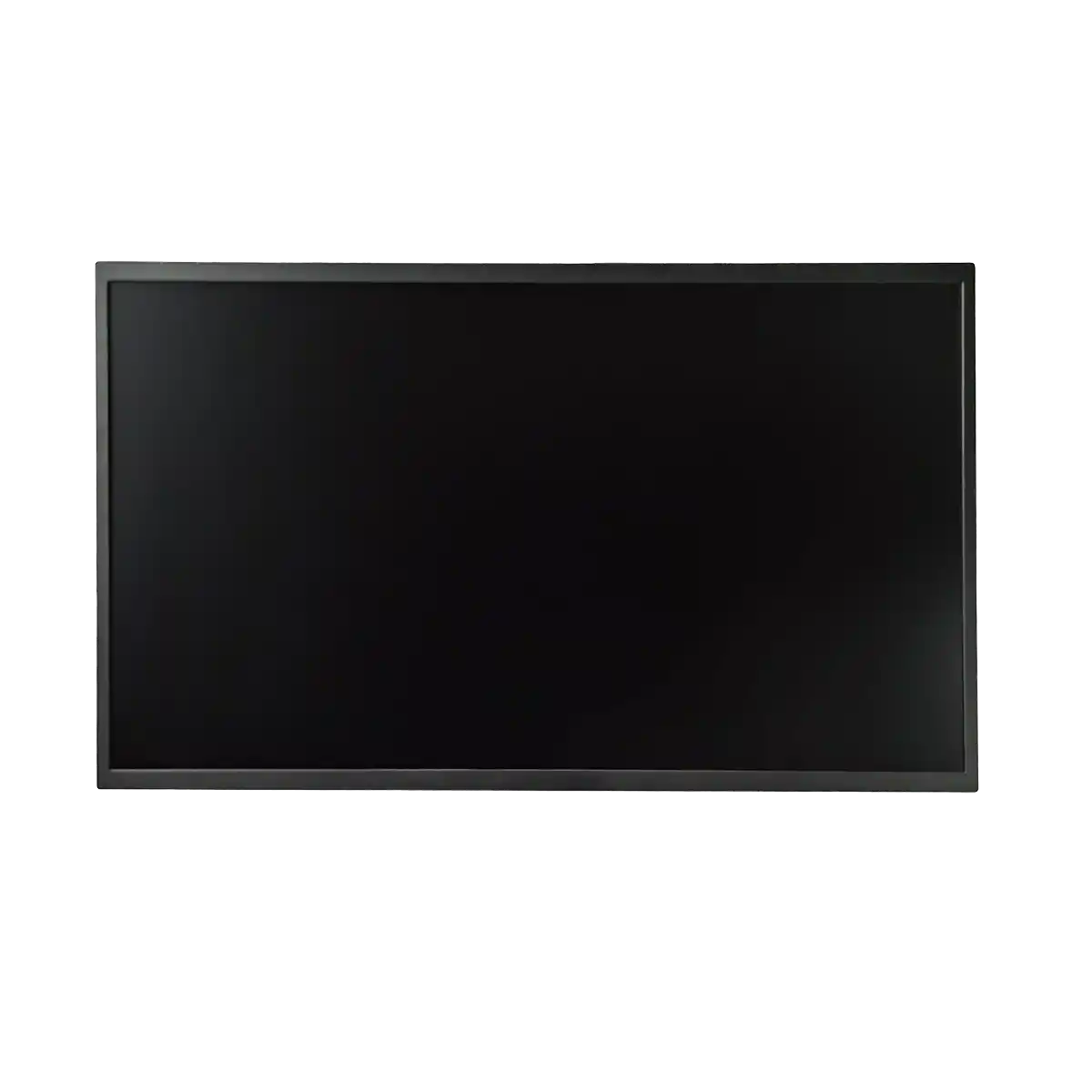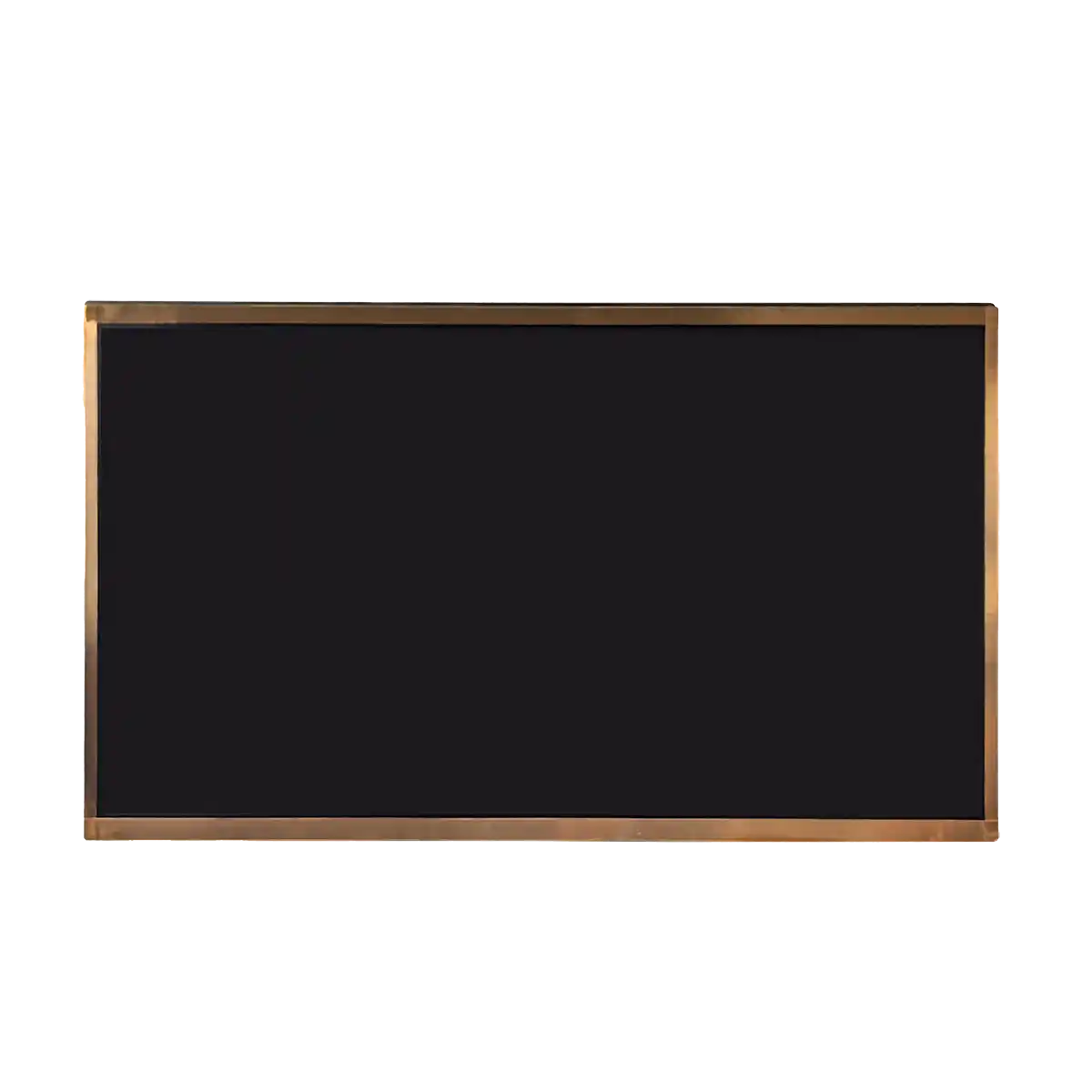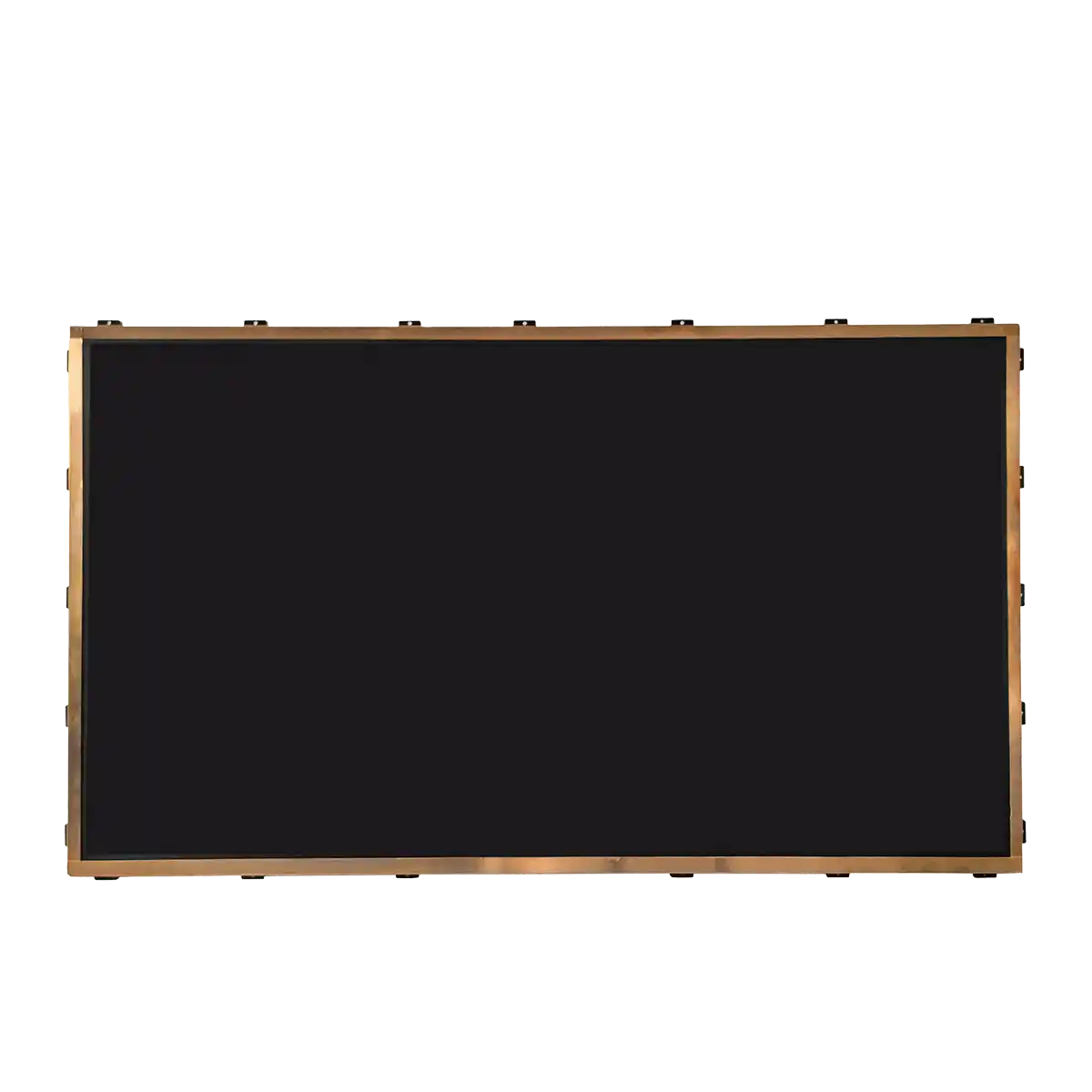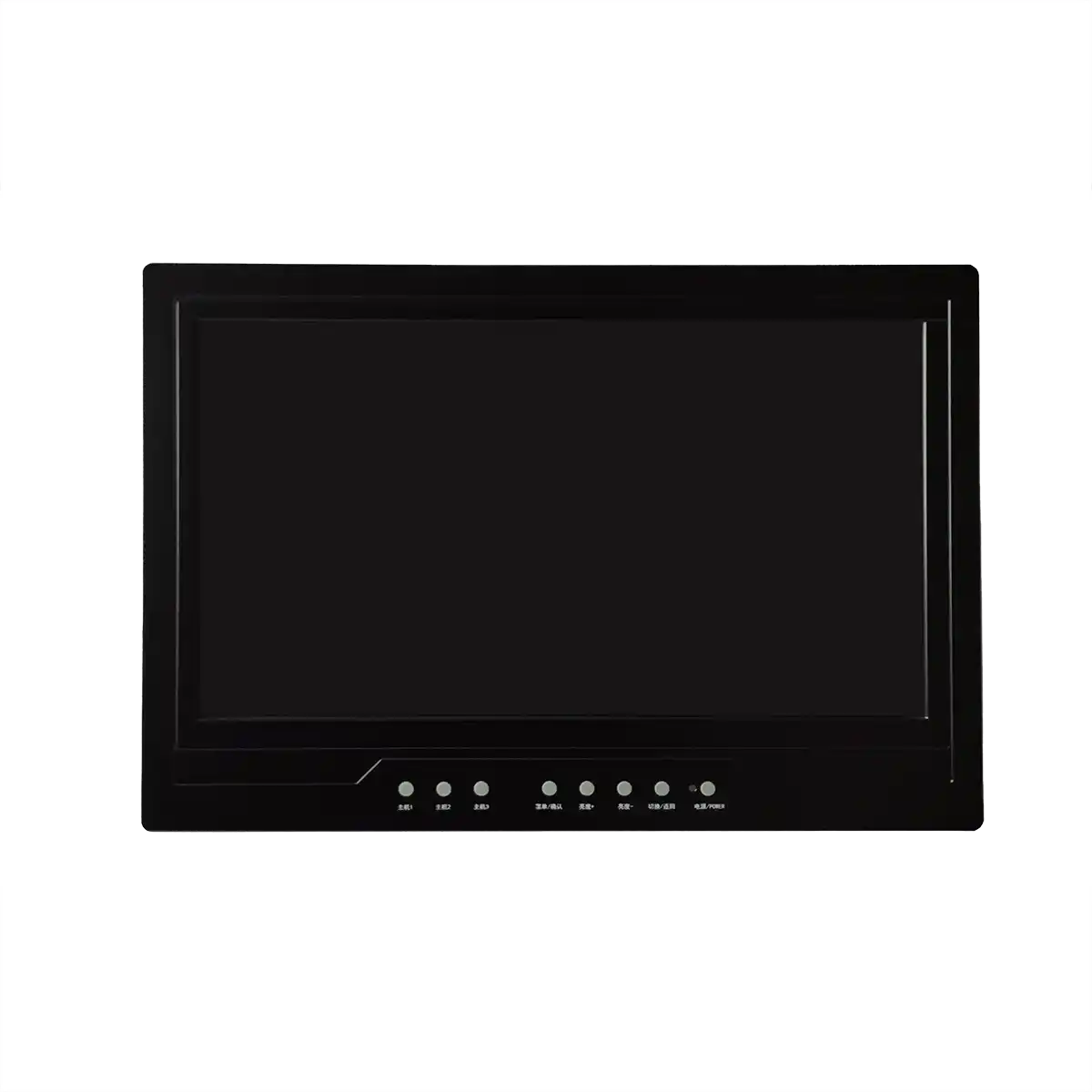High-Resolution Industrial LCD Screens
1. Understanding High-Resolution Displays
High-Resolution Industrial LCD Screens are characterized by their ability to display a large number of pixels, resulting in sharper images and more detailed visuals. Resolution in an LCD Screen is measured by the number of pixels it contains, typically expressed in terms of width and height (e.g., 1920x1080 pixels, commonly referred to as Full HD). The higher the resolution, the more information can be displayed on the screen, making it ideal for applications that require detailed visual data, such as medical imaging, security surveillance, and complex process control systems.

2. The Science Behind LCD Technology
The operation of an LCD Screen is based on the principles of light polarization and the electro-optical effects of liquid crystals. Liquid crystals are unique substances that flow like liquids but exhibit solid-like properties, including the ability to polarize light. In an LCD, these crystals are sandwiched between two glass or plastic panels that have been coated with a transparent conductor. When an electric current is applied, the liquid crystals change their alignment, which affects the light passing through them. This change in alignment can either block or allow light to pass, creating the appearance of a dark or bright pixel.
3. Advancements in Industrial LCD Screen Technology
The evolution of Industrial LCD Screens has been marked by significant advancements in several areas:
- Pixel Density: High-Resolution Industrial LCD Screens boast a high pixel density, which is the number of pixels per unit area. This results in images that are not only sharper but also more lifelike.
- Color Reproduction: Modern industrial screens use advanced color filters to reproduce a wider range of colors, enhancing the visual experience.
- Brightness: Industrial LCD Screens are designed to be readable in a variety of lighting conditions, with some models offering brightness levels suitable for outdoor use.
- Contrast Ratio: A high contrast ratio allows for deeper blacks and brighter whites, improving the visibility of images, especially in darker environments.
- Viewing Angle: Technologies such as In-Plane Switching (IPS) have been developed to provide a wider range of viewing angles without color distortion, which is crucial for collaborative work environments.
4. Applications of High-Resolution Industrial LCD Screens
The applications of High-Resolution Industrial LCD Screens are vast and varied. They are used in:
- Manufacturing and Automation: To display intricate diagrams and real-time production data.
- Medical Imaging: For viewing detailed scans and diagnostic images.
- Security and Surveillance: To monitor high-resolution video feeds.
- Transportation: In vehicles for navigation and information display.
- Aerospace: In aircraft cockpits for flight data and system monitoring.
5. Challenges and Solutions in Industrial LCD Screen Design
Designing High-Resolution Industrial LCD Screens involves addressing several challenges:
- Heat Management: High-resolution screens generate more heat, requiring efficient cooling solutions to prevent overheating.
- Power Consumption: Increased resolution can lead to higher power consumption, necessitating the development of energy-efficient backlighting technologies.
- Durability: Industrial environments often involve physical stress, requiring screens to be built with robust materials and protective coatings.
6. Future Trends in High-Resolution Industrial LCD Screens
The future of High-Resolution Industrial LCD Screens is promising, with ongoing research and development focusing on:
- 4K and 8K Resolutions: Moving beyond Full HD to provide even greater detail and clarity.
- Flexible Displays: The development of flexible LCD screens that can be curved or folded, opening up new design possibilities.
- Touchscreen Integration: Enhancing user interaction with multi-touch capabilities and gesture recognition.
- Energy Efficiency: Continued efforts to reduce power consumption, making these screens more environmentally friendly.
Conclusion
High-Resolution Industrial LCD Screens represent the cutting edge of display technology, offering clarity and detail that were once unimaginable. Their ability to convey complex visual information with precision makes them invaluable in a wide range of industrial applications. As technology continues to advance, we can expect these screens to become even more sophisticated, integrating seamlessly into the smart systems of the future.
Expansion
As we look to the future, the integration of High-Resolution Industrial LCD Screens with emerging technologies such as the Internet of Things (IoT), artificial intelligence (AI), and augmented reality (AR) will further enhance their capabilities. These screens will not only display information but also interact with it, becoming an active part of the industrial process.
Furthermore, the push towards sustainability will drive innovations in the materials used in the construction of these screens, potentially leading to the use of more recyclable and less harmful substances. This will be crucial in reducing the environmental impact of manufacturing and disposing of these displays.
In conclusion, High-Resolution Industrial LCD Screens are set to play an increasingly important role in the industrial landscape, driving efficiency, enhancing safety, and improving the overall user experience. As an AI, I am excited to observe and contribute to this ongoing evolution.
Recommended Articles
-
Why Choose BOE’s EV101WXM-N10?
2025-01-03 -
The Trajectory of South Korea's LCD Industry Amidst Political Fluctuations and Technological Transition: Challenges and Opportunities Coexist
2025-01-03 -
ADS Pro: The Future of Display Technology
2025-01-03 -
Interpretation Report on AUO's New Generation Smart Cockpit
2025-01-03 -
What is the difference between quantum chips and quantum dot technology?
2025-01-03 -
Are the displays in Tesla's Cybertruck and Robovan the same as you imagined?
2025-01-03 -
BOE GV070WSM-N10 parameters and advantages and disadvantages analysis
2025-01-03 -
TM070RDH10-43 7-inch TFT-LCD Display: Technical Details and Application Guide
2025-01-03 -
Notice on the discontinuation of TCG104SVLQJPNN-AN41 model and alternative solutions
2025-01-03 -
Introduction: Reasons to Choose G121EAN01.2
2025-01-03 -
Practical Applications of Industrial LCD Screens: The Perfect Blend of Professionalism and Customization
2024-09-26 -
Hangzhou LEEHON Technology supplies BOE GT080X0M-N12: High quality 7-inch TFT-LCD module solution
2024-09-14 -
How to Check for Issues in Industrial LCD Panels
2024-09-11 -
How does an LCD screen find individual pixels?
2024-09-11 -
What is the difference between eDP and LVDS?
2024-09-11 -
In-depth analysis of the development of automotive display technology
2024-09-10


